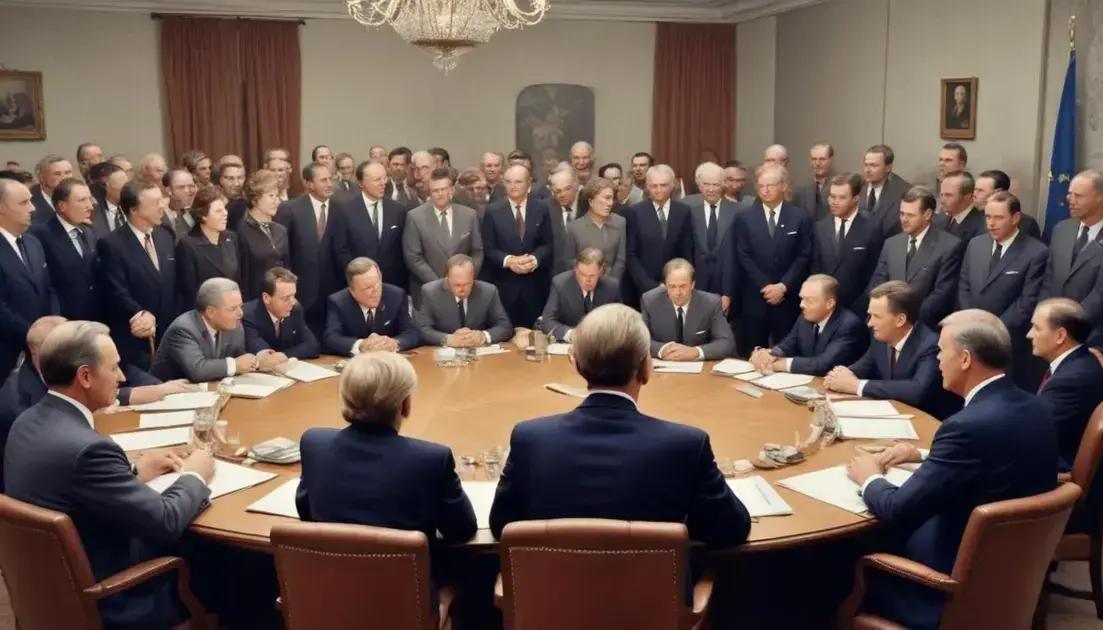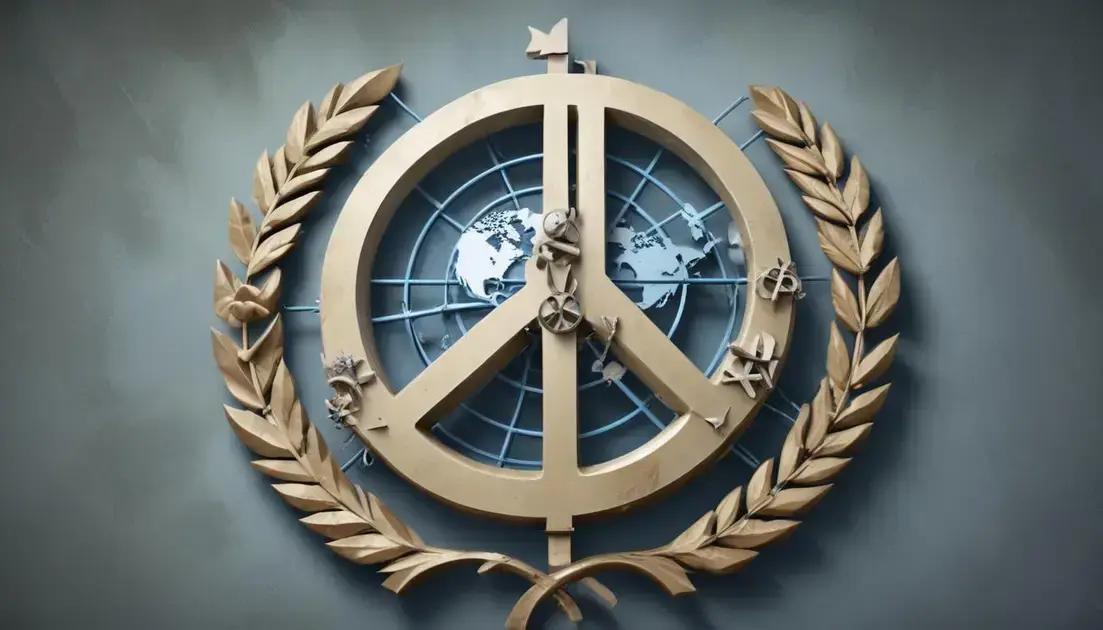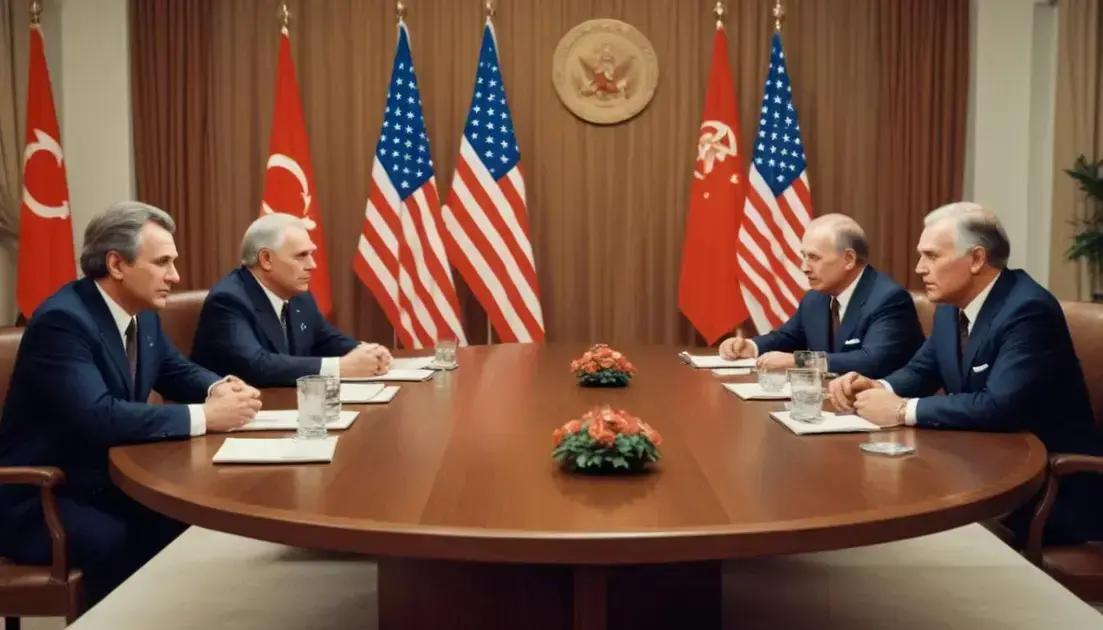
The Rise and Fall of the Soviet Union: A Superpower in Decline
The Soviet Union, a colossal nation that once dominated much of Eastern Europe and Northern Asia, left an indelible mark on the 20th-century world stage. Its journey, from revolutionary beginnings to superpower status and ultimate dramatic collapse, is a complex narrative of ambition, ideology, internal contradictions, and ultimately, failure. This in-depth analysis explores the various phases of the Soviet Union’s existence, examining its triumphs and shortcomings to understand the factors that contributed to its remarkable rise and equally dramatic fall.
I. The Seeds of Revolution: The Genesis of the Soviet Union
The Soviet Union emerged from the ashes of the crumbling Russian Empire, a vast and autocratic state weakened by World War I and the simmering discontent of its diverse population. The February Revolution of 1917 ousted the Tsar, but the ensuing power vacuum led to a brutal civil war between the Bolsheviks, led by Vladimir Lenin, and their rivals. Lenin’s promise of “Peace, Land, and Bread” resonated with a weary populace, and the Bolshevik victory in 1922 established the world’s first socialist state.
The early years were characterized by chaos and hardship. The Russian Civil War (1917-1922) devastated the country, leaving a trail of destruction and millions dead. A devastating famine, exacerbated by government policies, further weakened the nascent Soviet state. Lenin implemented the New Economic Policy (NEP) as a temporary measure to revitalize the economy, allowing for some private enterprise alongside state control. However, the NEP represented a pragmatic compromise rather than a fully realized socialist ideal.
The consolidation of power under the Bolsheviks involved the suppression of opposition and the establishment of a totalitarian regime. The Cheka, the forerunner of the KGB, ruthlessly eliminated political rivals and dissenters, fostering an atmosphere of fear and control. The centralized planned economy, while aiming for rapid industrialization, often resulted in inefficiency and shortages. This early period laid the groundwork for the future authoritarian tendencies that would define the Soviet Union.
Lenin’s death in 1924 triggered a power struggle that resulted in Joseph Stalin’s rise to dominance. Stalin’s rule would be characterized by ruthless purges, forced collectivization of agriculture, and a relentless drive for industrialization, all aimed at transforming the Soviet Union into a dominant world power. The initial years were marked by ambitious Five-Year Plans, aimed at rapid industrial growth, often at the expense of the population’s well-being. Collectivization, the forced amalgamation of private farms into large state-run collective farms, led to widespread famine and the death of millions, particularly in Ukraine (the Holodomor).
The Great Purge (1936-1938) eliminated perceived political enemies, real and imagined, within the Communist Party, the military, and the general population. Millions were executed or sent to the Gulag system – a vast network of forced labor camps – creating a climate of terror and silencing any potential opposition. While this brutal approach achieved a degree of social and political control, it also sowed the seeds of deep-seated resentment and distrust that would later contribute to the system’s instability.
II. The Ascent to Superpower Status: Stalin and Khrushchev
Stalin’s policies, while brutal, undeniably propelled the Soviet Union’s industrialization. The country transformed from a largely agrarian society to a major industrial power, making significant strides in heavy industry, military production, and scientific research. The Soviet Union’s successful launch of Sputnik 1 in 1957, the first artificial satellite, shocked the West and demonstrated its prowess in space exploration. This achievement underscored the Soviet Union’s emergence as a formidable global rival to the United States.
However, Stalin’s regime came at a tremendous human cost. The forced collectivization, the purges, and the harsh conditions in the Gulags resulted in immense suffering and loss of life. The Stalinist era established a culture of fear and conformity that permeated all aspects of Soviet life.
After Stalin’s death in 1953, Nikita Khrushchev assumed power. His leadership marked a period of relative thaw, known as “de-Stalinization,” characterized by a partial condemnation of Stalin’s excesses and a focus on some economic reforms. Khrushchev’s reforms included the decentralization of economic planning, aiming to improve efficiency and address the inefficiencies of the centralized command economy.
Despite these reforms, Khrushchev’s era was also marked by significant tensions with the West. The Cuban Missile Crisis of 1962 brought the world to the brink of nuclear war, highlighting the dangers of superpower rivalry. The Soviet Union’s intervention in Hungary in 1956 and Czechoslovakia in 1968, crushing pro-democracy movements, demonstrated its commitment to maintaining its sphere of influence in Eastern Europe, even at the cost of human rights.
III. Stagnation and Decline: Brezhnev and Beyond
Khrushchev’s downfall in 1964 ushered in the era of Leonid Brezhnev, a period of political stagnation and economic decline often referred to as “Brezhnev stagnation.” While Brezhnev oversaw a period of relative peace and stability, the Soviet economy stagnated, unable to keep pace with the technological advancements of the West. Corruption and inefficiency became widespread, further hindering economic growth.
Brezhnev’s policies emphasized maintaining the status quo, prioritizing military spending over economic reform. This military build-up, coupled with the costly and ultimately unsuccessful intervention in Afghanistan (1979-1989), further drained the Soviet economy. The Afghan war became a quagmire, draining resources and undermining the Soviet Union’s image abroad.
Brezhnev’s successors, Yuri Andropov and Konstantin Chernenko, attempted to address the growing economic and political problems but lacked the vision and power to implement meaningful reforms. Their reigns were short-lived, characterized by a continuation of the Brezhnev-era policies and a failure to address the deep-seated issues plaguing the Soviet system.
IV. Gorbachev’s Reforms and the Collapse of the Soviet Union
Mikhail Gorbachev, who rose to power in 1985, inherited a system on the verge of collapse. He attempted to revitalize the Soviet Union through a program of radical reforms, encompassing “perestroika” (restructuring) and “glasnost” (openness). Perestroika aimed at reforming the economy through decentralization and greater efficiency, while Glasnost sought to increase transparency and freedom of expression.
Gorbachev’s reforms, however, unleashed unforeseen consequences. Glasnost gave voice to long-suppressed national identities and regional grievances, fueling nationalist movements across the Soviet republics. The loosening of central control led to increased ethnic tensions and demands for greater autonomy, particularly in the Baltic states and Ukraine.
The economic reforms proved to be less successful, and the Soviet economy continued to decline. The attempt to introduce market mechanisms into a centrally planned economy proved difficult and led to further economic instability and shortages. The weakening central authority struggled to maintain control amidst rising ethnic tensions and economic turmoil.
The Chernobyl disaster in 1986 further exposed the weaknesses of the Soviet system, highlighting the lack of transparency and accountability. The initial Soviet response to the disaster was marked by secrecy and downplaying the severity of the situation, further eroding public trust in the government.
The growing unrest and the failure of economic reforms ultimately led to the disintegration of the Soviet Union. The coup attempt in August 1991, aimed at removing Gorbachev from power, failed but further weakened the central government. The Baltic republics declared independence, followed by other Soviet republics, culminating in the formal dissolution of the Soviet Union on December 26, 1991.
V. The Legacy of the Soviet Union: A Complex Inheritance
The collapse of the Soviet Union marked a pivotal moment in 20th-century history, ending the Cold War and reshaping the global political landscape. Its legacy is complex and multifaceted.
On the one hand, the Soviet Union played a crucial role in defeating Nazi Germany in World War II, and its scientific and technological achievements, particularly in space exploration and nuclear technology, were remarkable. The Soviet Union also played a significant role in promoting social and economic development in many parts of the world, particularly in countries that had previously been under colonial rule. It provided support for socialist and communist movements globally, influencing political developments worldwide.
However, the Soviet Union’s legacy is also stained by its authoritarianism, its disregard for human rights, and its brutal suppression of dissent. The Gulag system, the forced collectivization, and the political purges represent a dark chapter in human history. The Soviet Union’s environmental record was also marred by a lack of environmental protection and disregard for sustainable practices.
The collapse of the Soviet Union also had significant geopolitical consequences, triggering ethnic conflicts and economic instability in many former Soviet republics. The transition to market economies in these newly independent states was often fraught with difficulties and challenges.
The Soviet Union’s rise and fall provides valuable lessons about the dangers of unchecked power, the importance of economic reform and political openness, and the vital need for respect for human rights. Its story serves as a cautionary tale, reminding us of the fragility of even the most powerful empires and the potential consequences of neglecting fundamental principles of good governance and human dignity. Its enduring legacy continues to shape global politics and provides valuable insights for understanding the complexities of power, ideology, and the human cost of authoritarianism.


